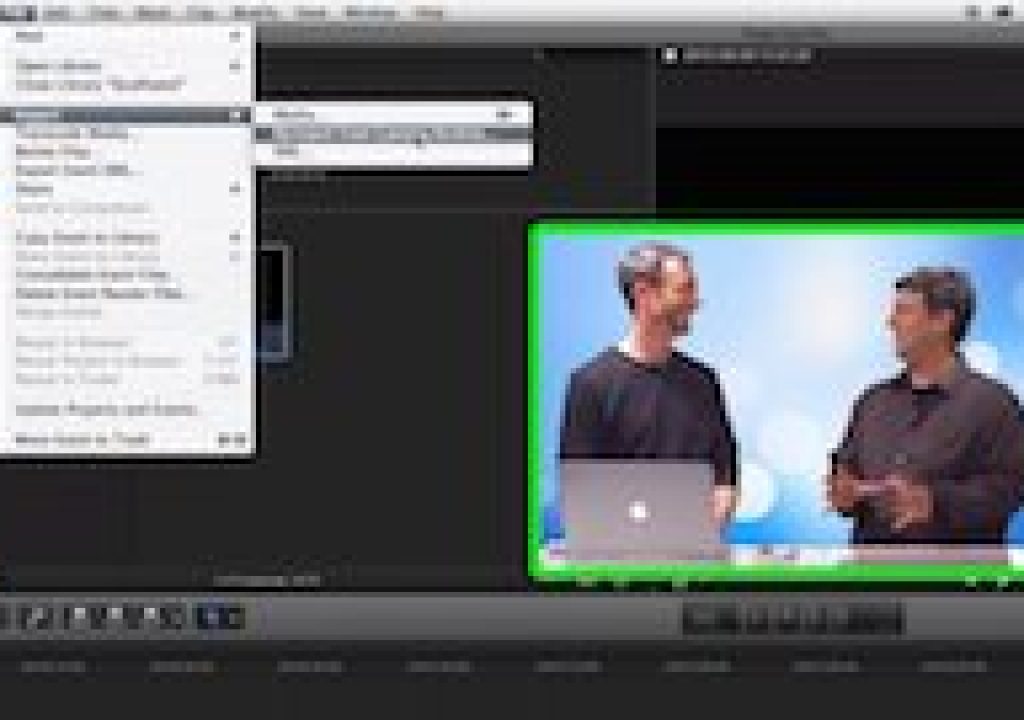Why would you want to use a Camera Archive to import your video clips?
This week on MacBreak Studio, Mark Spencer talks with Steve Martin from Ripple Training about Camera Archives. When transferring footage from a camera's card, you can of course simply drag the contents from the card inserted in a card reader to a volume connected to your Mac. But if you use Final Cut's Create Archive command instead (available in the Import Media window), you'll get some additional benefits that are seriously worth considering.
For example, if you've ever had the situation where you can't import the media from the card because the person who copied the media didn't copy over the entire folder structure, you'll find that creating a Camera Archive will make sure this never happens, since the archive is a bit-for-bit clone of the card structure, including all metadata.
Also, by importing your clips for editing into Final Cut Pro X from the camera archive, you will never be able to accidentally delete your source footage, which could happen if you just copied the media from the card.
Camera archives can be stored anywhere you want and are easily accessible – just right-click to “show package contents” and you'll see the card's folder structure. This folder structure can be shared with anyone who doesn't have Final Cut installed, including PC users.
Although they've discussed some of the benefits of camera archives before, in this episode, Mark shows Steve an additional benefit: relinking media. If you ever have media go offline for any reason, if you had simply copied the card, you would have to locate that media clip by clip as you relink, since it's located in a bunch of different folders. But with a camera archive, relinking media is a simple one-step operation.

